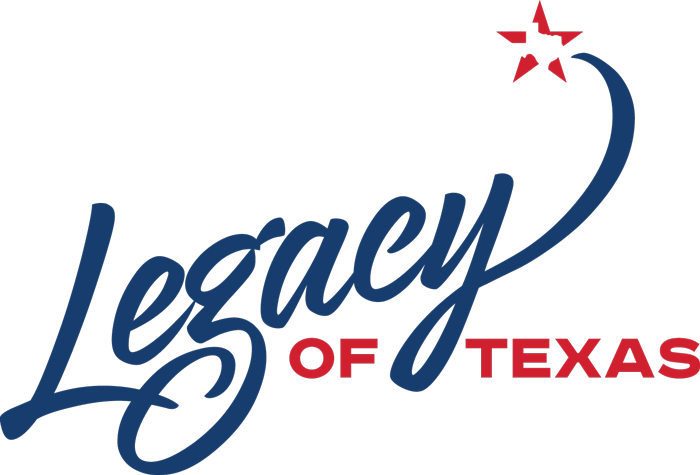Mark Lemmon, architect, was born in Gainesville, Texas, in 1889, the son of William Leonard and Cosette (Libscomb) Lemmon. At the age of eight his family moved to Sherman. He received a bachelor's degree in geology from the University of Texas in 1912 and a bachelor's degree in architecture and engineering from Massachusetts Institute of Technology in 1916. Subsequently, he worked briefly for the New York City architecture firm of Warren and Wetmore, where he assisted in the design of the Commodore Hotel in New York and the Broadmoor in Colorado Springs, Colorado. During World War I Lemmon served as an officer with the Seventy-seventh Engineering Division in France. While there, he developed a lasting admiration for French Gothic architecture that appeared in his work throughout his long career.
After the war Lemmon moved to Dallas to work for Hal Thompson, who had been a fellow student in Austin. He worked in Thompson's office until 1921, when he established a partnership with Roscoe DeWitt. Over the course of the next six years they received a number of prestigious commissions in Dallas, including Sunset High School (1926), Woodrow Wilson High School (1927), several projects at Southern Methodist University, and the main sanctuary for Highland Park Methodist Church (1927).
In 1927 Lemmon and DeWitt dissolved their partnership. Lemmon established a private practice and through his extensive social contacts was able to secure commissions for an education building from Highland Park Presbyterian Church and an elementary school from the Port Arthur school district. Lemmon eventually designed eleven schools in Port Arthur between 1927 and 1940, each in a different style. He also designed public schools in Marshall, Longview, Terrell, Grand Prairie, and Sherman. Other important projects from this period include the Cotton Bowl (1929) and the Third Church of Christ, Scientist (1930).
Lemmon's early work was characterized by various historical revival styles: Gothic, Romanesque, Georgian, and Neo-Classical. In the late 1920s and early 1930s, however, he began to experiment with the Moderne or Art Deco idiom and produced several notable examples of the style, including the Tower Petroleum Building (1930), Boude Storey Junior High School (1932), Cokesbury Bookstore (1937), and Alex Spence Junior High School (1939). In the mid-1930s Lemmon was asked by George L. Dahl, supervising architect of the Texas Centennial Exposition, to design the Museum of Natural History (1935) as well as the Hall of State (1935), including, evidently, the Art Deco Great Hall and the Hall of Heroes.
During the late 1930s Lemmon once again returned to historical revival styles, employing the Gothic for the main sanctuary of the Highland Park Presbyterian Church (1939). After World War II he focused increasingly on educational facilities. He served as consulting architect for the Dallas Independent School District from 1945 to 1968. Between 1948 and 1959 he also designed eighteen Georgian-style buildings for the Southern Methodist University campus, including the Fondren Science Building (1949) and Perkins Chapel (1950). In addition he worked on numerous commissions from the University of Texas System for its campuses in Austin, Galveston, and Dallas. In the late 1950s and early 1960s Lemmon adopted a spare, reductivist modernism, but in his last few commissions for the Highland Park Methodist Church and the Highland Park Presbyterian Church in the late 1960s he once again returned to his cherished Gothic style.
Lemmon married Maybelle Reynolds on November 14, 1922, and the couple had two sons. He was a member of the Texas Philosophical Society, the Dallas Historical Society, the City Club, the Idlewild Club, and the American Legion. He died in Dallas on December 22, 1975, and was interred in Hillcrest Mausoleum there.
Is history important to you?
We need your support because we are a non-profit that relies upon contributions from our community in order to record and preserve the history of our state. Every dollar helps.
Dallas Morning News, December 22, 1975. Who's Who in the South and Southwest, Vol. 7. Willis Winters, "Mark Lemmon," Texas Architect, November-December 1989.
The following, adapted from the Chicago Manual of Style, 15th edition, is the preferred citation for this entry.
Christopher Long,
“Lemmon, Mark,”
Handbook of Texas Online,
accessed April 26, 2024,
https://www.tshaonline.org/handbook/entries/lemmon-mark.
Published by the Texas State Historical Association.
TID:
FLE64
-
Original Publication Date:
-
March 1, 1995
-
Most Recent Revision Date:
-
June 18, 2020
This entry belongs to the following special projects:









